Think you understand what dangerous pets are? You might imagine a rogue dog or a feral cat, right? However, the truth is, the landscape of dangerous pets today goes far beyond those assumptions.
The Risk of Dangerous Pets: More Than Meets the Eye
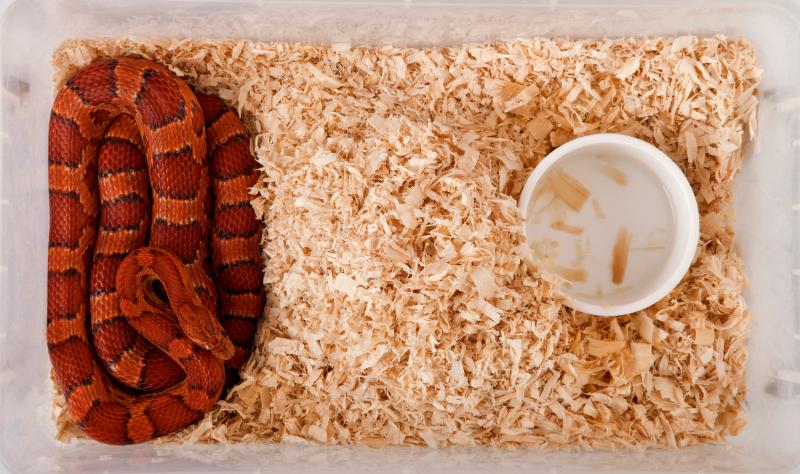
Across the globe, individuals spend a whopping $25 billion on exotic animals every year. In the US alone, the expenditure on these wild creatures is an impressive $1.6 billion. The demand for reptiles, in particular, is on a steady incline. Sadly, though, almost 90% of these bought as pets die within their first year.
A Variety of Unexpected Pets
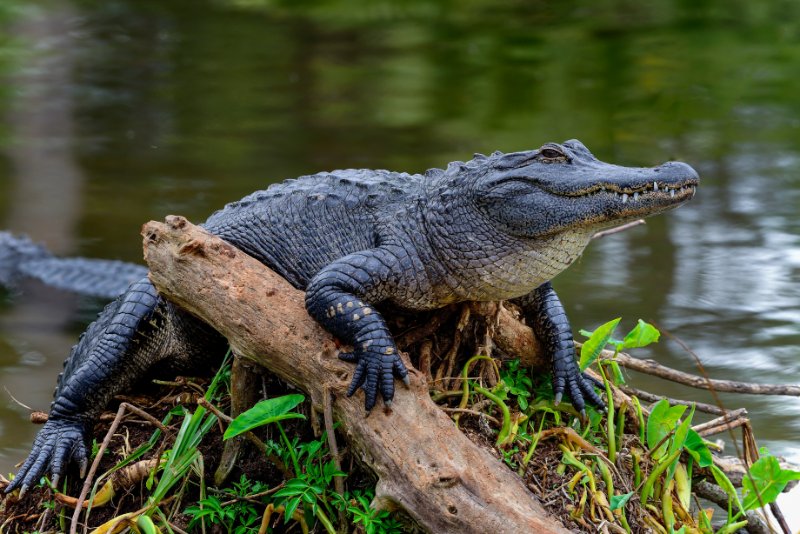
The term ‘Dangerous Pets’ now encompasses an array of species. Unbelievably, individuals are keeping animals including monkeys, alligators, tigers, lions, cougars, bears, and poisonous snakes and turtles in their homes and yards! With the evolving pet scenario, the risk to humans from these pets also increases.
Dangers Related to these Special Critters

Dangerous pets pose more than just the potential for physical harm. For example, many carry diseases transmissible to humans, posing a significant health risk. Infectious diseases such as Salmonellosis, herpes B, rabies, and even monkeypox can be passed along from these exotic animal companions to their owners.
Caring for Exotic or Dangerous Pets: What’s Involved?
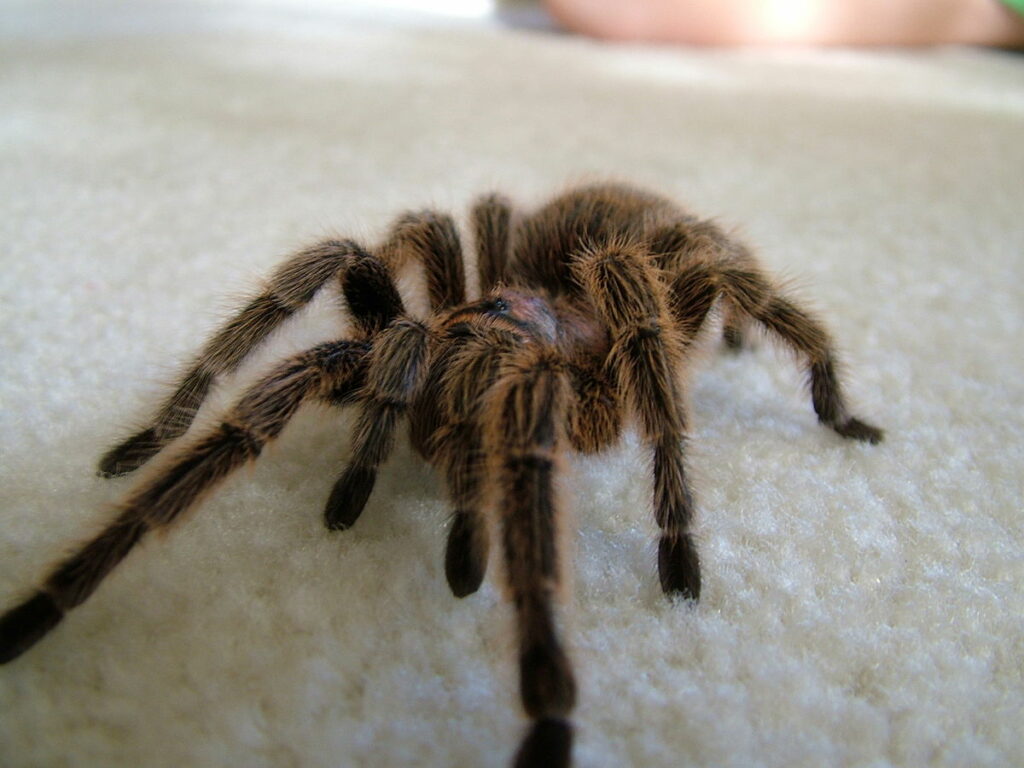
Fulfilling the unique needs of these pets requires a substantial commitment. They demand specific housing, tailored foods, and care that requires specialist knowledge. Are you considering a large snake or a venomous spider as a pet? Be prepared to face challenges beyond your expectations!
Grim Consequences: The Dark Side of Owning Dangerous Pets
- Children attacked by monstrous pythons.
- Horrific accidents as owners are killed by their beloved bears.
- A fatal bite from a pet Gila monster or a Mexican bearded lizard.
- A toddler strangled by a Burmese python.
Disturbingly, such perilous encounters with dangerous pets are far too common these days.
The Current Legal Landscape
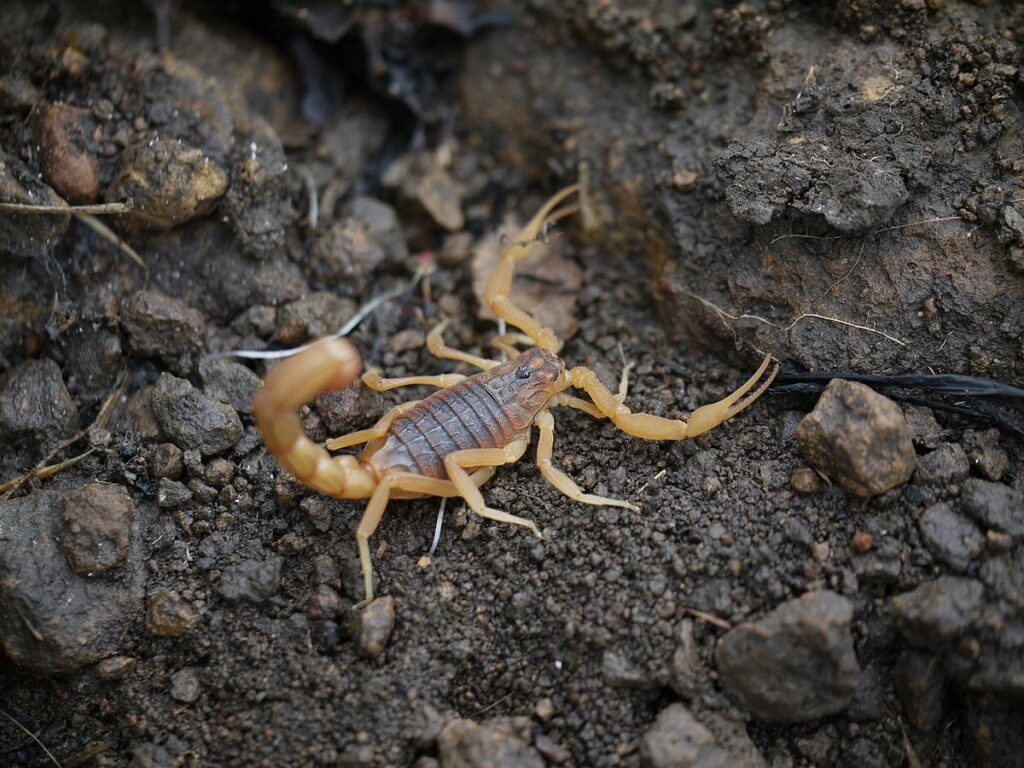
Though federal legislation in the US restricts the sale and interstate transport of exotic animals, the specifics of their ownership falls under state law. A shocking nine states have no regulations whatsoever. Clearly, the governance of dangerous pets needs more attention.
Final Thoughts: The Right Choice
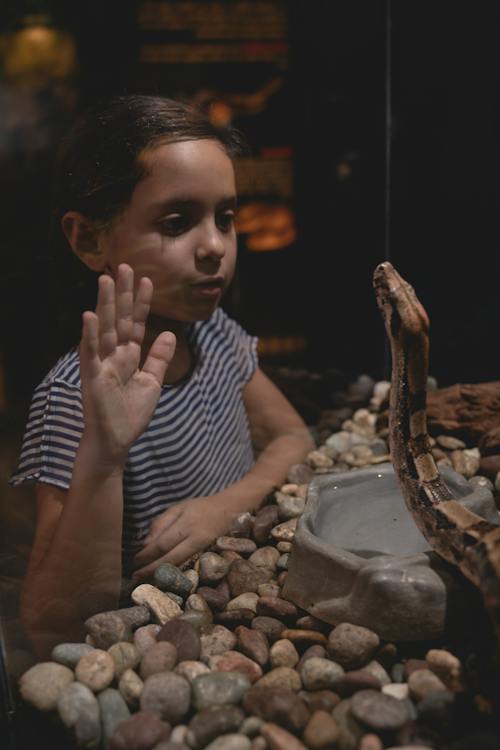
Remember, owning a dangerous pet is not merely about coolness. It demands understanding, care, and enormous responsibility. So, if you are pondering over the idea of bringing home one, consider its requirements, your capabilities, and the potential risks. Often, these creatures are better off in their natural habitats than domestic homes.